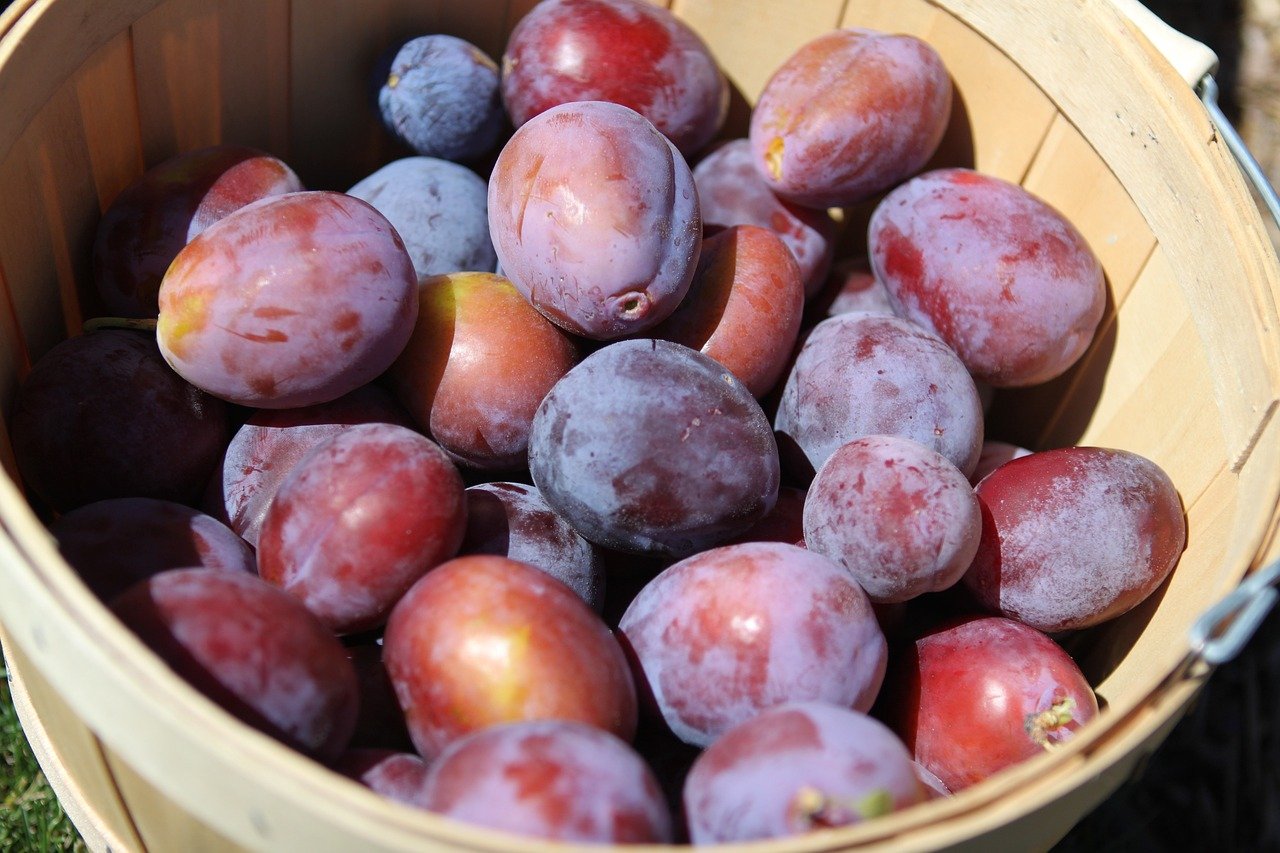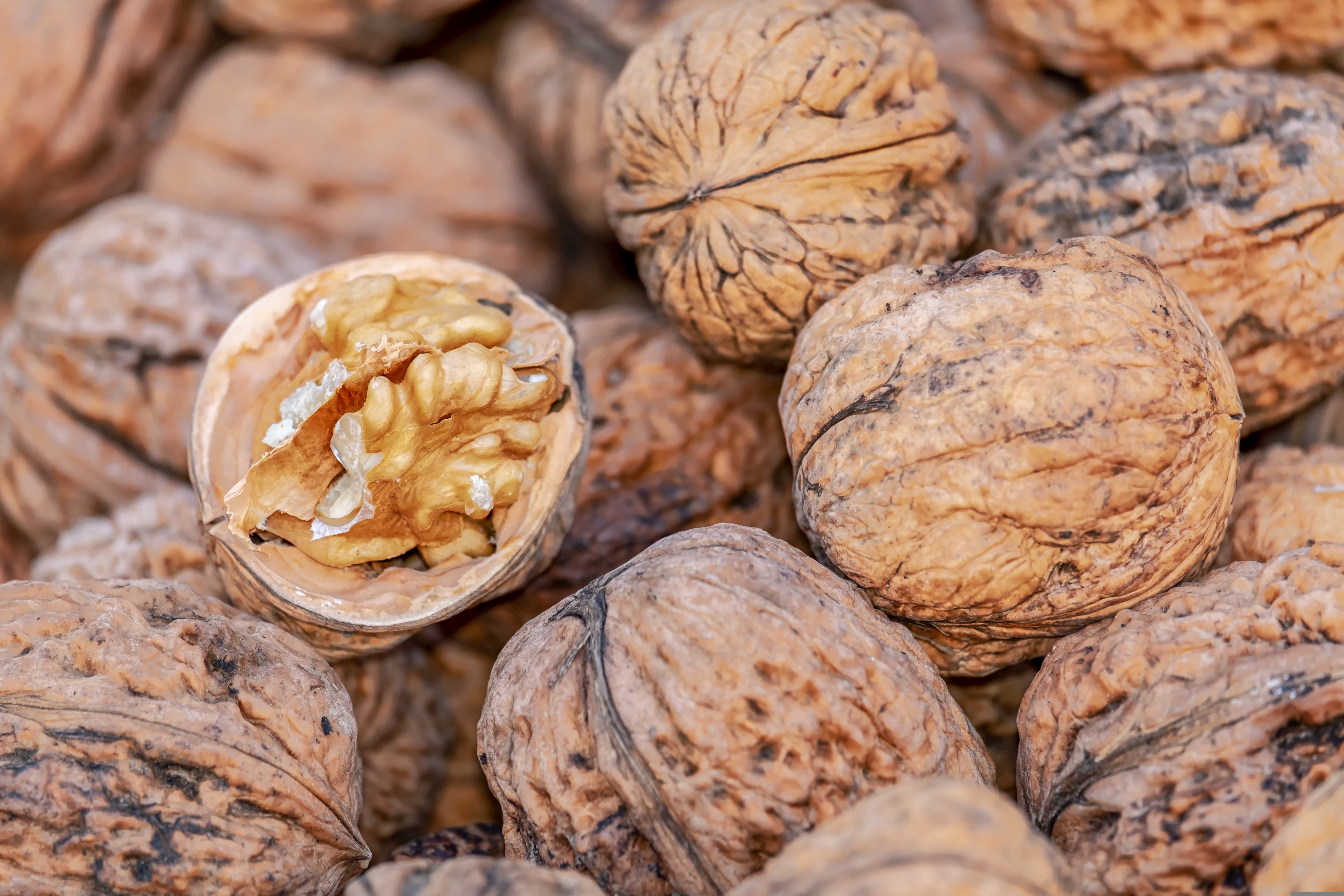
Fruit and nut maturation
With warming air temperatures, certain varieties of fruits and nuts in the Central Valley are maturing more quickly, leading to earlier harvests.
Temperature influences how fast fruits develop and mature. Crops need exposure to a certain amount of heat – known as “heat units” – for fruit development. As temperatures warm, heat units accumulate faster, and fruits and nuts reach maturity sooner. For more information, download the Fruit and Nut Maturation chapter.
California growers produce over 96 percent of the prunes (European plums) and about 99 percent of the walnuts in the United States.


What does this indicator show?
- The maturation time for prunes in Parlier (Fresno County) decreased by about 12 days from 1988 to 2013, and for Payne walnuts in Davis (Yolo County) by about 11 days from 1960 to 2013.
Why is this indicator important?
- California growers supply about 96 percent of the prunes and 99 percent of the walnuts produced in the United States. Shorter maturation times may adversely impact the quality and yield of some of the state’s most valuable crops. In general, fruits and nuts that develop quickly tend to be smaller. Because they do not command the premium price that larger ones do, this can lead to a significant loss of revenue for growers and suppliers.
- When crops mature faster, growers must pick them before they ripen too much or, worse, rot. Failure to harvest and process crops in a timely manner could mean poor crop quality or lower yield. This poses a challenge during harvest season, when growers draw on a limited supply of workers and equipment.
What factors influence this indicator?
- Maturation times are affected by temperature: fruits and nuts reach maturity more quickly in warmer temperatures. Changes in prune and walnut maturation times over the past three decades occurred in tandem with steadily rising air temperatures in Parlier and Davis.
New information presented in the 2022 report is summarized below:
- Processing tomatoes are a type of tomato that eventually get canned, dehydrated, or turned into paste, puree, ketchup, tomato sauce, or tomato juice.
- Yolo, San Joaquin, Merced, and Kings counties in the Central Valley are the five top tomato-producing counties in the state. Estimates from 1979 to 2020 show that processing tomatoes in these counties are reaching maturity about 6 to 8 days earlier.
California accounts for 95 percent of the nation’s and 30 percent of the world’s processing tomatoes.
Additional Resources
- University of California Agriculture and Natural Resources, Agriculture and Pest Management
- United States Department of Agriculture, California Climate Hub
